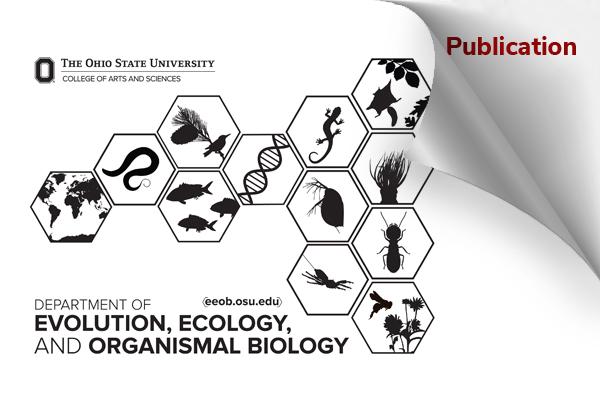EEOB Publication - Hamilton

Social regulation of arginine vasopressin and oxytocin systems in a wild group-living fish
Brett M. Culbert, Isaac Y. Ligocki, Matthew G. Salena, Marian Y.L. Wong, Ian M. Hamilton, Nicholas J. Bernier, Sigal Balshine. Hormones and Behavior, Volume 161, May 2024, 105521. Link to article.
Abstract
The neuropeptides arginine vasopressin (AVP) and oxytocin (OXT) are key regulators of social behaviour across vertebrates. However, much of our understanding of how these neuropeptide systems interact with social behaviour is centred around laboratory studies which fail to capture the social and physiological challenges of living in the wild. To evaluate relationships between these neuropeptide systems and social behaviour in the wild, we studied social groups of the cichlid fish Neolamprologus pulcher in Lake Tanganyika, Africa. We first used SCUBA to observe the behaviour of focal group members and then measured transcript abundance of key components of the AVP and OXT systems across different brain regions. While AVP is often associated with male-typical behaviours, we found that dominant females had higher expression of avp and its receptor (avpr1a2) in the preoptic area of the brain compared to either dominant males or subordinates of either sex. Dominant females also generally had the highest levels of leucyl-cystinyl aminopeptidase (lnpep)—which inactivates AVP and OXT—throughout the brain, potentially indicating greater overall activity (i.e., production, release, and turnover) of the AVP system in dominant females. Expression of OXT and its receptors did not differ across social ranks. However, dominant males that visited the brood chamber more often had lower preoptic expression of OXT receptor a (oxtra) suggesting a negative relationship between OXT signalling and parental care in males of this species. Overall, these results advance our understanding of the relationships between complex social behaviours and neuroendocrine systems under natural settings.
